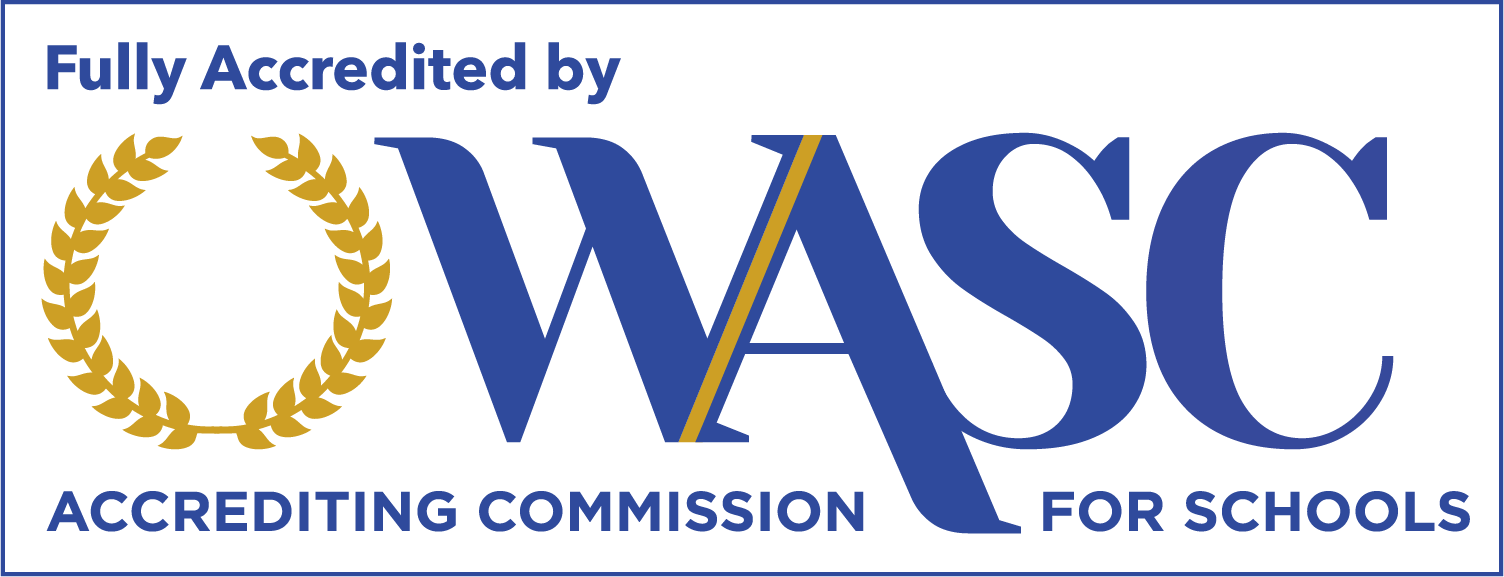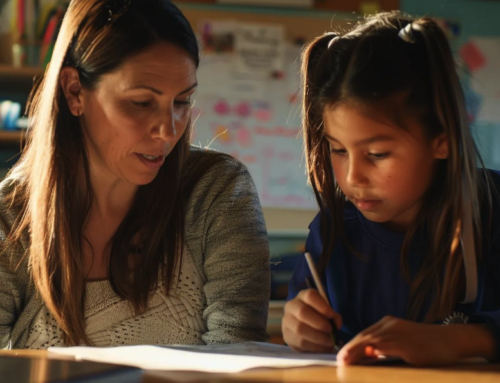The Importance and Operation of Structured Literacy Programs
In the United States, one in five children faces a learning disability. The three main types are dyslexia, dysgraphia, and dyscalculia: reading, writing, and math disabilities. Often known as hidden disabilities, these bright and intelligent children struggle to acquire grade-level reading, writing, and math skills like other students.
Of these three disabilities, dyslexia is the most common. Nearly everyone has heard of it, yet there are still many misconceptions about it, how to help students with dyslexia and even if it is real!
Learning disabilities impact everyone differently. However, it is no secret that students with dyslexia often need extra support in school to achieve academic success. Learning to read, write and spell efficiently is paramount to success in school.
Structured Literacy programs are essential for dyslexic students to acquire grade-level reading skills commensurate to their peers. Read on to learn more about these programs and what they can do for your child.
What Are Structured Literacy Programs?
If you are a parent of a child recently diagnosed with dyslexia, you might want to learn more about Structured Literacy programs. They are imperative to provide the extra reading, spelling, and writing support that your child deserves. In fact, they are evidence-based and research-backed to provide the explicit instruction needed to bring your child up to grade-level reading.
This systematic approach is a method of teaching that focuses on 5 main components of literacy. Some examples of the components in this instruction include spelling, decoding, fluency, and reading comprehension.
Structured Literacy instruction also uses explicit, multisensory instruction, with each new skill-building on the last. Children work on each concept until mastery is achieved. Mastery is required so that students are able to apply their new skills to work outside of the curriculum.
Why It Is Important
Balanced Literacy instruction is the conventional method of teaching literacy taught in Teacher training colleges. Unfortunately, many teachers are unaware of Structured Literacy and therefore, continue to teach Balanced Literacy to their students. Unbeknownst to them, this method is not suitable for children with dyslexia who require explicit, cumulative, sequential, repetitive, and multi-sensory instruction.
The Balanced Literacy approach has been around since the 1990s, and many teachers have successfully used it. While it may work for some students, it will not work for every student. In fact, literacy levels in the United States have fallen over the years due to inadequate instruction methods.
This is why the Structured Literacy approach is so important. Its use of explicit instruction is essential to every child in the classroom, not just dyslexic students.
Evidence has shown that this method of instruction is helpful for all children. It has helped entire school districts improve reading proficiency scores throughout the school year. Let me repeat that…EVERY student in the classroom will benefit from the Structured Literacy instruction.
Although Structured Literacy instruction is beneficial to all children, it is life-changing for a child with dyslexia. Providing them with the right type of instruction will transform their educational experience allowing them to achieve grade-level reading skills and opening up a whole new world of learning through reading. Why wouldn’t we want that for all children?
How It Works
The Structured Literacy program is simple but effective. It uses some of the main components of literacy as its foundation:
- Phonology
- Sound-symbol associations
- Syllables
- Morphology
- Syntax
- Semantics
Each of these elements is essential to building a strong reading foundation. We are going to break down each one and explain why they are important.
Phonology
Phonology focuses on sound structure in words. It focuses on phonemes, which are the smallest sounds that words are made up of.
Phonemic Awareness is an important skill for reading development. It allows students to identify and manipulate sounds in spoken words which in turn, can help them decode new unrecognized words. As with dyslexic students, phonemic awareness deficits result in difficulty in learning to read.
Sound-Symbol Associations
Simply put, this is the understanding that phonemes (sounds) are represented by letters or other symbols (graphemes). In this case, we’re referring to the English alphabet. This component of literacy is often better known as phonics.
Phonics means knowing the sound of a single letter, understanding digraphs and trigraphs like “ch, “sh” or “tch”, understanding vowels and vowel teams, and understanding complex patterns such as words like gymnasium or sleigh. Learning phonics allows a student to apply rules to decoding and spelling words.
Many of the letter/sound combinations in the English language are complex and difficult to grasp. The two main ways that students learn sound-symbol associations are through reading and spelling. Applying the rules of phonics allows students to read and spell words that they may not automatically know.
Syllables
Learning and teaching syllables involve breaking down each unit of vowel sounds in a word. Instruction often involves the six main types of syllables and the exceptions to those syllables.
This is another great way to help children break difficult words down into smaller words or sounds. When children can decode words easier, they can read more fluently. Fluent reading allows for more automatic reading skills and a better understanding of what’s being read.
Syllable instruction is important so that 3, 4, and 5 syllable words are not daunting for the child to read. Breaking it down syllable by syllable gives the child the confidence to tackle reading the word rather than skipping over because they haven’t been taught how to decode effectively.
Morphology
Morphology focuses on the meaning of words. Morphemes are the smallest units of meaning in a word.
Morphemes include parts of words such as prefixes, suffixes, and root words. When children understand the meanings of these smaller word parts, they can use them as another tool in decoding unknown words and in determining it’s meaning thereby increasing their vocabulary.
Syntax
The syntax of a sentence refers to its general structure. More specifically, Structured Literacy programs focus on word placement in sentences. A simple example is “He to the store goes” which is incorrect syntax. Structured Literacy teaches students proper structure so that they are able to correct the sentence to “He goes to the store.”
Syntax lessons help children understand and identify parts of speech. Sentences would be very difficult to read without an understanding of syntax and word placement.
Semantics
Semantics is another component that focuses on the meaning of language. This can include meanings of single words or meanings of common phrases or sentences.
An example of teaching semantics is the simple understanding of vocabulary. Vocabulary is a core element of any school subject. Without it, very little of the class content would make sense.
Methods of Instruction
Structured Literacy relies on systematic instruction, explicit instruction, and diagnostic assessment.
Systematic instruction is an instruction that begins with the simplest concepts and systematically builds on that content. Students use concepts from previous content to master new skills. The scope and sequence of instruction develop from simple to complex content.
With explicit instruction, teachers use many examples and model the skills that they expect their students to know. There is no inferring that students know or should know something but rather, that they need to be explicitly taught the concepts for adequate skill development.
Constant interaction between the student and the teacher allows the child to feel more confident and supported in their learning experience.
Diagnostic assessments are one of the most important tools in this approach. They help guide the lessons by student progress rather than adhering to goals set forth in the curriculum.
Teachers use different methods of assessments throughout instruction to check in with students to ensure they understand and are applying what they have learned.
Information from the assessments can help the teacher modify the lessons to better meet the individual needs of each student.
Help Your Child Succeed
Structured Literacy programs are an amazing method for teaching reading to children with dyslexia, however, they will benefit any child in the classroom. As a parent of a child with a learning disability, we know that you always want the best to help your child.
Maybe you are a veteran parent who knows much about dyslexia or maybe you are just starting to see your child struggle. Regardless of your situation, you are never alone.
If you want to find more support for your child, you are in the right place! If you are in or around the Sacramento area, please contact us today
We can answer all of your questions and help your child get enrolled in the classes they need to ensure academic success in the future.




